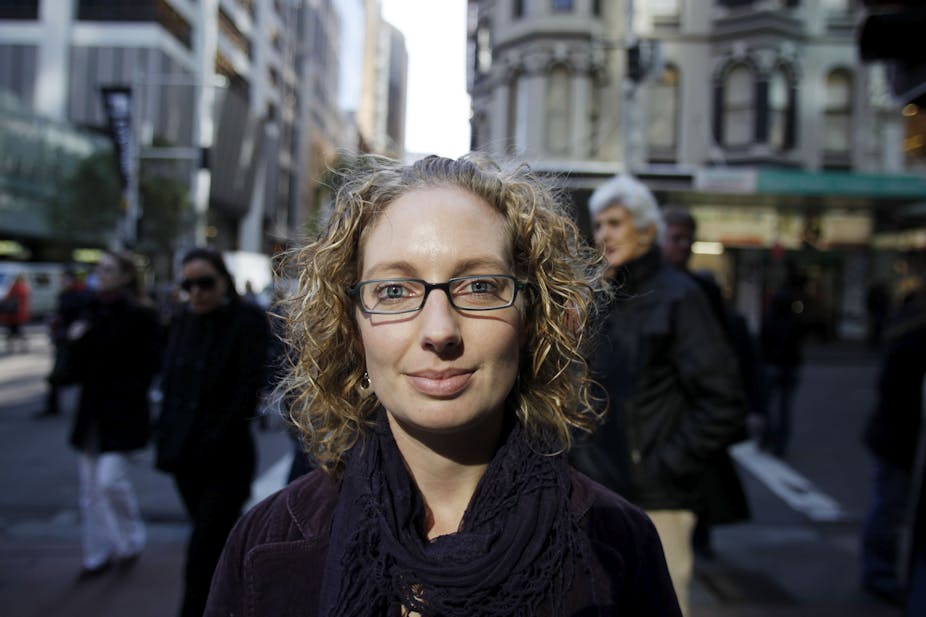Babies conceived using commonly available fertility treatments are on average almost 50% more likely to have a birth defect than those conceived naturally, according to the most comprehensive study of its kind yet, by a team from the University of Adelaide.
Those conceived using in vitro fertilisation (IVF) are at a 25% higher risk of having a congenital anomaly, the study found.
Researchers from the University’s Robinson Institute have compared the risk of major birth defects for each of the reproductive therapies commonly available internationally, including IVF, intracytoplasmic sperm injection (ICSI) and ovulation induction. They also compared the risk of birth defects after fresh and frozen embryo transfer.
The results were presented at the weekend in Barcelona, at the World Congress on Building Consensus in Gynecology, Infertility and Perinatology. They will be published this week in the New England Journal of Medicine.
The researchers linked a census of more than 6100 assisted reproductive technology births in South Australia to a registry of more than 300,000 births and 18,000 birth defects. They compared risks of birth defects across all infertility treatments to pregnancies in women with no record of infertility, and looked at successive pregnancies for women.
The risk of any birth defect in pregnancies involving assisted conception was 8.3% (513 defects), compared with 5.8% for pregnancies not involving assisted conception (17,546 defects).
The risk of birth defects for IVF was 7.2% (165 birth defects); and the rate for ICSI was higher at 9.9% (139 defects).
“While assisted reproductive technologies are associated with an increased risk of major birth defects overall, we found significant differences in risk between available treatments,” said the lead author of the study, Associate Professor Michael Davies.
“A history of infertility, either with or without assisted conception, was also significantly associated with birth defects,” Professor Davies said. “While factors associated with the causes of infertility explained the excess risk associated with IVF, the increased risk for a number of other treatments could not readily be explained by patient factors. ICSI, for instance, had a 57% increase in the odds of major defect, although the absolute size of the risk remained relatively small.”
Professor Davies said cryopreservation - or freezing - of embryos was associated with a substantially reduced risk of birth defects, particularly for ICSI. “This may be due to developmentally compromised embryos failing to survive the freeze/thaw process,” he said.
Also of concern was the tripling of risk in women using clomiphene citrate to stimulate ovulation outside of a closely supervised clinical setting. “While confined to a small group in our study, this is of particular concern as clomiphene citrate is now very widely available at low cost, and may easily be used contrary to manufacturers’ very specific instructions to avoid use if pregnant, as it may cause fetal malformations. This aspect of the study will need additional confirmation from future research.”
Professor Peter Illingworth, Medical Director at IVF Australia and an Associate Professor with the University of Sydney, said that the big question underlying the link between assisted reproduction and congenital anomalies was whether this was due to the laboratory process itself, or whether it was a reflection of the fact that people who used it to conceive already had damage to their eggs and sperm that put them at higher risk of having children with congenital anomalies.
“Professor Davies’ findings suggest the latter explanation. He has, for the first time, looked at the siblings who have been conceived normally of children who have been conceived from assisted reproduction technology. He has also looked at women who have presented to antenatal clinics with a past history of infertility but who have not had assisted reproduction technology. Both of these groups show a very similar effect, with a higher risk of congenital anomalies, as do the children who have been conceived using assisted reproduction technology. This is a new finding.”

